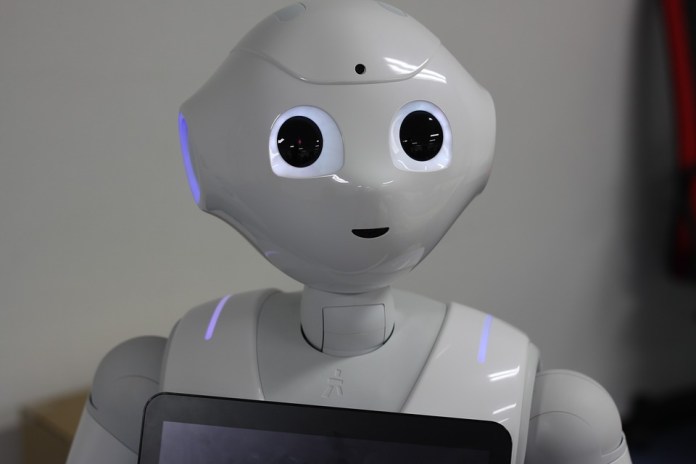With the growing adoption of new advanced technologies like AI and robotics by companies, the human workforce appears to be under threat. To put this situation into perspective, St. Galler Kantonalbank AG recently opted for the use of software robots instead of seven employees working for three days in a test run.
What’s more, the banking institution was so satisfied with the results of that pilot project involving the robots that it is looking forward to additional assignments by the close of May.
Felix Buschor, a management board member at the bank, asserted in an interview with Bloomberg that St. Galler Kantonalbank AG has already seen that implementing further assignments is technically possible.
According to him, the bank is now assessing whether other applications are useful. Felix also emphasized that the evaluation of the possibility to roll out additional applications was ongoing.
MORE: Top 25 AI Software for the Banking Industry
MORE: 10 Applications of Machine Learning in Finance
Aside from highlighting the bank’s plans, Buschor admitted that using robots was causing some of its employees to develop concerns about their employment. Nonetheless, he said that since St. Galler Kantonalbank AG has always paid close attention to allowing its employees to create new technologies, the acceptance of robots in the banks was high.
According to Christian Voigt, Nuremberg-IT consultant Roboyo GmbH’s managing director said that St. Galler Kantonalbank was not the only bank that was assessing the use of such new technologies. He was involved in assisting the Swiss bank with its pilot project.
Christian added that in the financial industry, the automation of processes was currently a major subject, and Roboyo GmbH works with leasing companies, insurers, and banks.
Christian Voigt, said that the use of Robots by the Swiss bank had made it possible to avoid expensive and costly software interfaces, especially for the interaction between two systems. He stressed his point by saying that at times seven-digit figures in terms of money are required for a similar interface.
The pilot run by SGKB was executed in association with the purchase of the private banking business of M.M. Warburg Bank Schweiz AG. The Swiss bank had to carry out a transfer of nearly 5,000 securities positions to its IT systems. According to St. Galler Kantonalbank, the five robots used in the test run did a commendable job.
Felix Buschor estimates the costs for the initial use of software robots to be between 20,000 and 30, 000 Swiss francs, mainly for external consulting services and hardware. Even so, if St. Galler Kantonalbank opts for additional uses, the financial costs would be spread out across different projects accordingly.
According to a study done by GFT Technologies SE at the close of 2017, artificial technologies boast the potential to transform the financial sector. The survey comprised 285 experts drawn from both large and small retail banking institutions in eight nations such as Germany.
The participants or respondents have interviewed through the phone thanks to the bank’s collaboration with Frost & Sullivan, a market researcher. Furthermore, nearly 94% of all the respondents of leading banking institutions saw artificial intelligence solutions regarding direct value addition.
Source Bloomberg




















